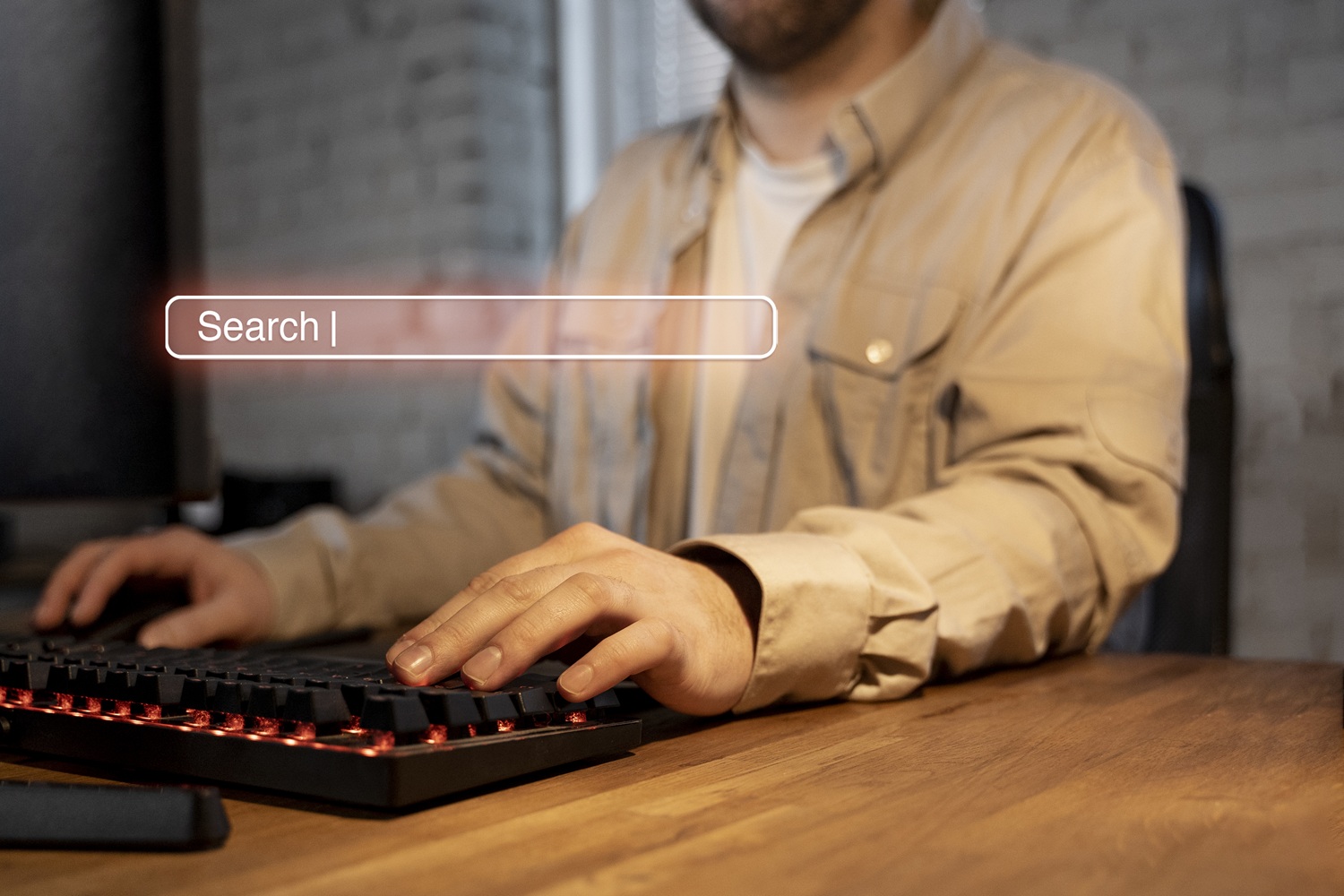Why Accessibility-First Design is the New SEO Hack in 2025

In 2025, the line between user experience (UX) and search engine optimization (SEO) has never been thinner. Google’s algorithms have evolved to prioritize not just keywords and backlinks—but user satisfaction and accessibility. If your website isn’t accessible to all users, including those with disabilities, you’re leaving both users and traffic on the table.
Welcome to the era of Accessibility-First Design—where designing for inclusivity doubles as a game-changing SEO strategy.
What Is Accessibility-First Design?
Accessibility-first design ensures that websites are usable by everyone, regardless of physical, cognitive, or technological limitations. It covers areas like:
- Screen reader compatibility
- Keyboard navigation
- Color contrast for readability
- Alt text for images
- Semantic HTML for structure
This isn’t just about compliance (like WCAG or ADA)—it’s about creating better experiences for all users.
Why Search Engines Now Prioritize Accessibility
Search engines are becoming more human-centric. Accessibility improves several SEO metrics:
- Semantic HTML improves crawlability and page structure.
- Alt text for images boosts image SEO and can contribute to richer snippets.
- A clear heading hierarchy helps with both user readability and indexing.
- Fast, clean code contributes to improved Core Web Vitals.
- Mobile-friendly, accessible design lowers bounce rates and improves rankings.
Key Google Signals That Favor Accessibility
In 2025, Google’s Search Generative Experience (SGE) and evolving AI crawlers are focusing more on human intent and experience. Accessibility-first design supports:
- Core Web Vitals: Including page speed, interactivity, and visual stability
- Mobile Usability: Accessible design translates to a smoother mobile experience
- Engagement Metrics: Lower bounce rates and longer dwell times
Real-World Stats (2025)
- 68% of top-ranking pages in competitive niches now meet Level AA accessibility standards
- 82% of users are more likely to trust a brand that offers an inclusive website
- Sites with accessibility-focused UX see 20-30% longer time-on-site on average
How to Implement Accessibility-First Design (Quick Checklist)
- Use semantic HTML tags like <header>, <nav>, <main>, <footer> instead of generic <div> elements.
- Add descriptive alt text to all images, ensuring it’s both accurate and keyword-relevant.
- Check your color contrast using tools like WebAIM’s Contrast Checker.
- Ensure your site can be fully navigated using only a keyboard.
- Implement ARIA labels where needed to improve screen reader functionality.
- Use responsive design that adapts well to both mobile screens and assistive technologies.
- Optimize site speed by compressing assets and minimizing unnecessary scripts.
Tools to Help You Audit Accessibility & SEO
- Lighthouse (built into Chrome) to audit SEO and accessibility
- axe DevTools for in-browser accessibility testing
- WAVE for evaluating web accessibility visually
- Ahrefs and Semrush to find SEO issues that overlap with UX and accessibility
The Business Case: Accessibility Drives ROI
Accessible websites don’t just perform better—they deliver results. They:
- Rank higher on search engines
- Reach a larger audience, including over 1 billion people globally with disabilities
- Reduce legal risk from ADA or WCAG non-compliance
- Improve conversions by offering a smoother, more intuitive user experience
Final Thoughts
Accessibility is not just about inclusivity—it’s about visibility and performance. In 2025, designing for accessibility is no longer optional for serious digital brands. It’s a strategic move that enhances SEO, builds brand trust, and improves user experience for everyone.
